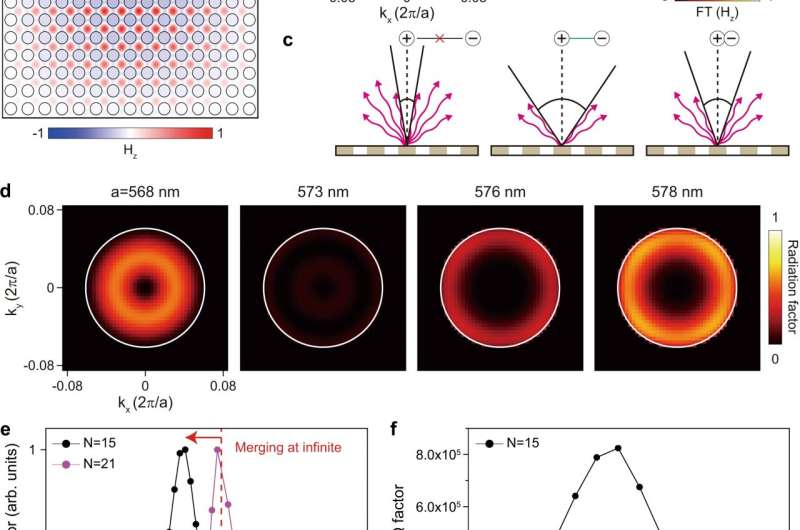New laser captures energy like noise-cancelling headphones

Physicists at The Australian National University (ANU) have developed extremely powerful microscopic lasers that are even smaller than the wavelength of the light they produce.
So called 'nanolasers' have a huge variety of medical, surgical, industrial and military uses, covering everything from hair removal to laser printers and night-time surveillance.
According to lead researcher Professor Yuri Kivshar, the nanolasers developed by his team promise to be even more powerful than existing lasers, allowing them to be useful in smaller-scale devices.
"They can also be integrated on a chip," he said.
"For example, they can be mounted directly on the tip of an optical fiber to lighten or operate on a particular spot inside a human body.
"This technology uses laser light instead of electronics, an approach called photonics. It's exciting to see how this can be realized in everyday practical devices, like mobile phones."
Professor Kivshar's team used a clever trick to modify conventional lasers, which traditionally comprise some form of light amplification device placed between two mirrors. As the light bounces back and forth between the two mirrors it becomes brighter and brighter.
Instead of mirrors, the research team created a device that works like "inside-out" noise-canceling headphones and which traps energy and prevents it from escaping. The trapped light energy builds up into a strong, well-shaped laser.
This trick overcomes a well-known challenge of nanolasers—energy leakage.
To fabricate the laser, the team collaborated with Professor Hong-Gyu Park and his group at Korea University.
The researchers say the device's efficiency was high—only a small amount of energy was required to start the laser shining—with a threshold about 50 times lower than any previously reported nanolaser and narrow beam.
Professor Kivshar said the new laser builds on a quantum mechanical discovery made almost 100 years ago.
"This mathematical solution was published by Wigner and von Neumann in 1929, in a paper that seemed very strange at the time—it was not explained for many years," Professor Kivshar said.
"Now this 100-year-old discovery is driving tomorrow's technology."
The research is reported in Nature Communications.
More information: Min-Soo Hwang et al, Ultralow-threshold laser using super-bound states in the continuum, Nature Communications (2021). DOI: 10.1038/s41467-021-24502-0
Journal information: Nature Communications
Provided by Australian National University





















